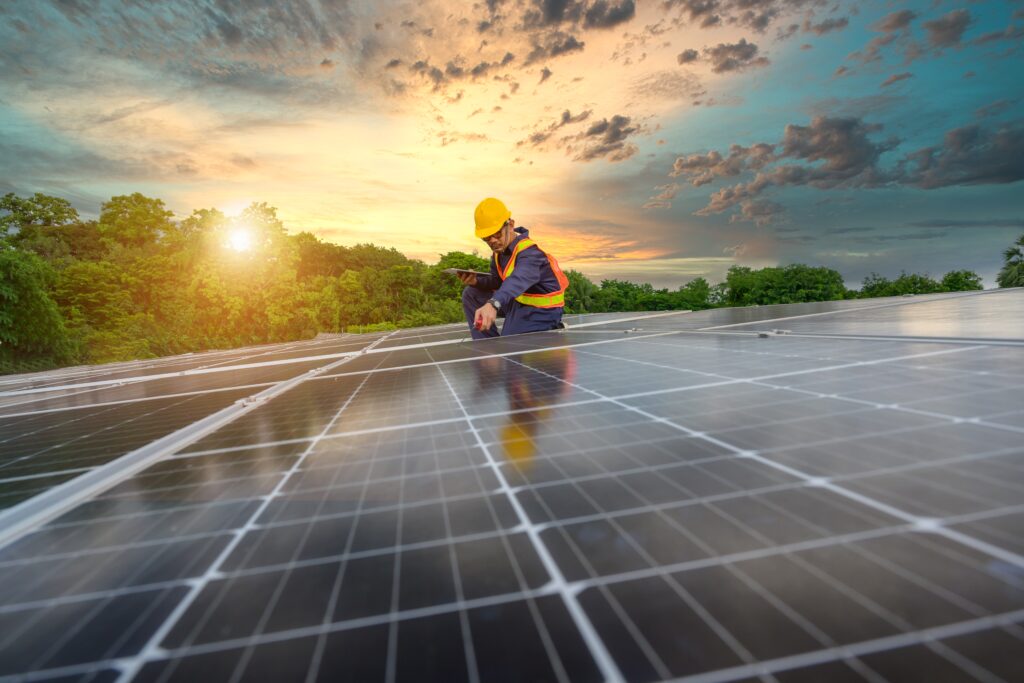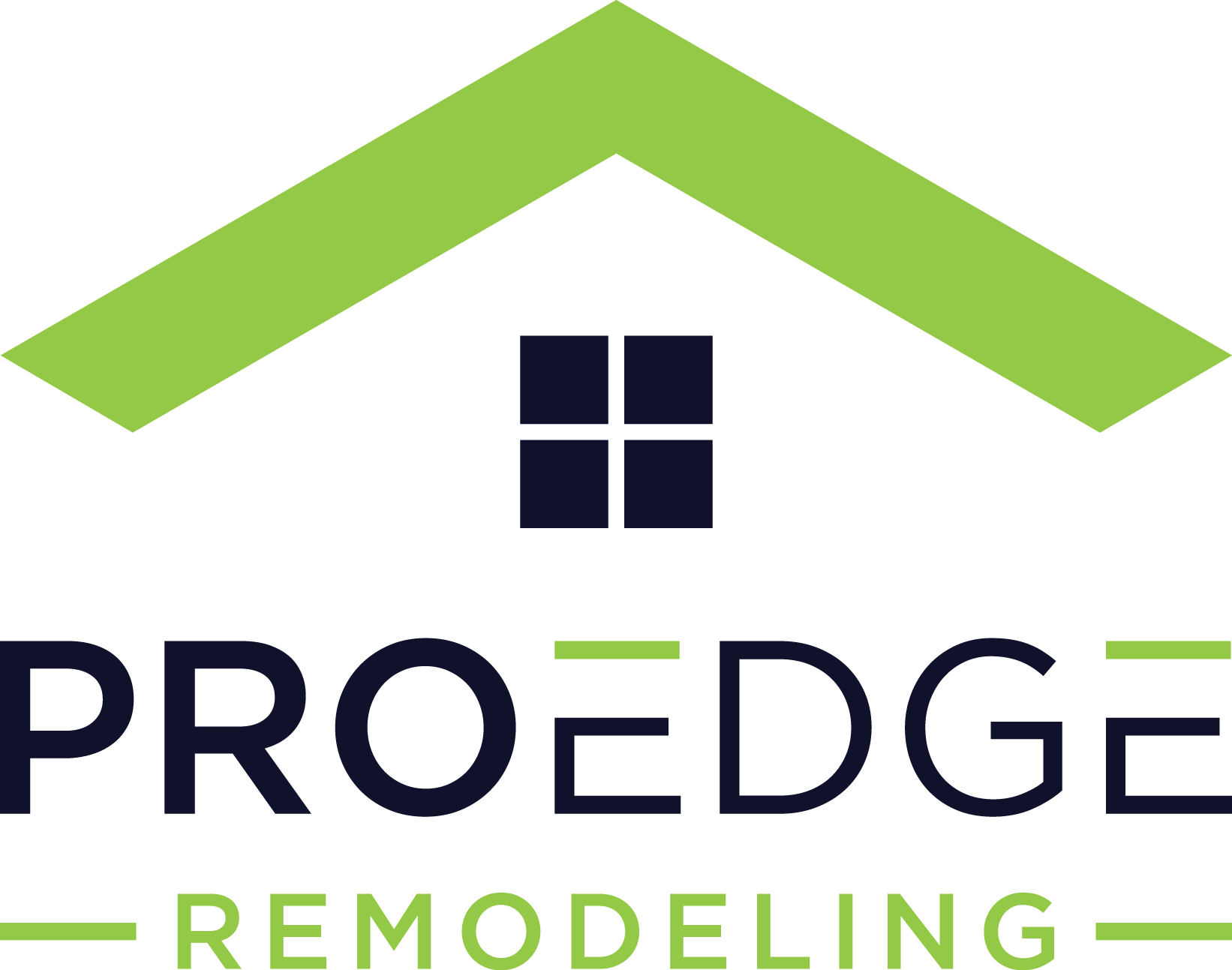How Does Solar Energy Work?

Curious how solar energy actually works? You’re not the only one. With solar panels showing up on rooftops all over the place, it’s natural to wonder how sunlight turns into electricity. Spoiler: it’s not magic—it’s a smart, clean energy source that’s becoming more common every day.
Knowing the basics can go a long way. It can help you shrink your energy bills, lower your carbon footprint, and maybe even make the switch to solar yourself. Whether you’re just curious or seriously considering going solar, we’ve got you covered.
Table of Contents
- What Is Solar Energy?
- How Solar Panels Generate Electricity
- Components of a Solar Power System
- What Happens to Excess Solar Energy?
- Benefits of Solar Energy
- Is Solar Energy Right for You?
What Is Solar Energy?
At its simplest, solar energy is the power we get from the sun’s rays. It’s a clean, natural source of energy that allows us to run our homes and gadgets.
So how does that sunshine actually reach us? Well, the sun produces energy through a massive nuclear reaction happening deep inside it, and that energy shoots out in all directions as light and heat. When those rays hit Earth, they bring warmth, light, and the potential to generate electricity.
When people talk about types of solar energy, they usually mean two main ways we harness the sun’s power:
- Photovoltaic (PV) Solar Power — This is the kind you probably see on rooftops: solar panels made of special materials that convert sunlight directly into electricity. Those panels capture photons (tiny particles of light) and turn them into an electric current you can use to power your home.
- Solar Thermal Energy — Instead of making electricity, this method uses sunlight to heat up water or air. Think of those big solar water heaters on some roofs—they soak up the sun’s heat and use it to warm your water, helping reduce the need for gas or electric heaters.
Both types are super important in the world of renewable energy, and each has its own perks depending on what you need. But no matter which one you use, the goal is the same.
How Solar Panels Generate Electricity
If you’re wondering how solar panels work, the magic happens thanks to something called photovoltaic (PV) technology. It sounds fancy, but it’s really just a smart way of turning sunlight into electricity you can use every day.
Here’s the simple breakdown of the solar panel electricity process—think of it like a mini energy factory on your roof:
- Sunlight hits the solar panels.
When the sun shines down, its rays (which are made up of tiny particles called photons) strike the surface of the solar panels. These panels are made from special materials, usually silicon, that are designed to absorb sunlight.
- Panels generate direct current (DC) electricity.
As the sunlight gets absorbed, it excites electrons inside the solar cells, causing them to move around and create an electric current. This current is called direct current (DC), which means the electricity flows in one direction.
- The inverter converts DC to alternating current (AC).
Your home, and most of the electrical grid, run on alternating current (AC), where electricity flows back and forth. So, your solar system includes an inverter that acts like a translator, turning that DC electricity into AC electricity that your appliances can use.
- Electricity powers your home or goes back to the grid.
Once converted, the electricity flows into your home to power everything from your lights to your fridge. If you’re generating more electricity than you need, the extra can be sent back to the grid (kind of like storing energy in the neighborhood), which can even earn you credits on your utility bill thanks to net metering.
Understanding how solar panels work helps you appreciate the incredible tech behind what looks like simple glass on your roof—and it’s the heart of every solar power system out there.
Components of a Solar Power System
When you think about going solar, it helps to know what all the parts are in a typical home solar setup. While solar panels often steal the spotlight, there’s actually a whole team of components working together to turn sunlight into usable power.
Here’s a quick look at the main solar power system parts you’ll find on most setups:
1. Solar Panels
These are the stars of the show—the flat, glass-covered panels usually installed on your roof. They capture sunlight and convert it into electricity using photovoltaic cells. The size and number of panels depend on how much power you want to generate and the space you have available.
2. Inverter
The inverter is like the system’s translator. Solar panels produce direct current (DC) electricity, but your home runs on alternating current (AC). The inverter converts DC into AC so that all your appliances, lights, and gadgets can use the power generated by the panels.
3. Mounting System
To keep everything secure and positioned just right, solar panels are attached to your roof or sometimes on the ground using a mounting system. These racks and brackets are designed to hold the panels steady through wind, rain, and snow while angling them perfectly to soak up the most sun.
4. Battery Storage (Optional)
If you want to store the energy your panels create for use later—like at night or during power outages—you can add a battery system. Batteries act like a power bank for your home, saving extra electricity so you’re not completely dependent on the grid when the sun isn’t shining.
5. Net Metering Connection (If Applicable)
If your area offers net metering, your solar setup will include a special connection to the local power grid. This lets you send any excess electricity you generate back to the grid, earning credits or lowering your electricity bill. Think of it as sharing your solar power with the neighborhood and getting rewarded for it.
Together, these solar system components work in harmony to make your solar power system efficient, reliable, and tailored to your energy needs. Knowing the parts helps you understand how the whole system functions, so you can feel confident when you start planning your solar journey.
What Happens to Excess Solar Energy?
So, what happens to extra solar energy when your panels are working overtime, and your home doesn’t need all the power they’re producing? It’s a great question and one that often comes up when people start thinking about solar.
One of the best things about modern solar setups is net metering solar—a system that basically lets you share your unused energy with the local power grid. Here’s how it works: when your solar panels create more electricity than your home uses, the extra energy doesn’t just go to waste. Instead, it flows back to the grid, kind of like sending power out into the neighborhood.
Thanks to net metering, your utility company gives you credits for that extra energy you provide. Then, when your panels aren’t producing as much—like at night or on cloudy days—you can use those credits to draw power back from the grid without extra cost. It’s like having a solar energy bank account that helps balance out your electricity needs over time.
Another option for handling extra solar energy is solar battery storage. Instead of sending unused power back to the grid, you can store it in batteries installed at your home. These batteries save that energy for later use—perfect for night-time or during power outages—so you’re less dependent on the grid and have backup power when you need it most.
Choosing between net metering and battery storage (or even combining both) depends on your energy goals, budget, and local utility policies. But either way, what happens to extra solar energy is that it gets put to good use—helping you save money and reduce reliance on traditional power sources.
Benefits of Solar Energy
Thinking about making the switch? There are plenty of good reasons why going solar is catching on fast—and it’s not just because it looks cool on your roof. Let’s break down some of the biggest solar energy benefits and why so many homeowners are asking, why go solar?
1. Clean, Renewable Energy
One of the top advantages of solar power is that it’s super clean. Solar energy comes straight from the sun, so it doesn’t produce any harmful pollution or greenhouse gases like fossil fuels do. That means every time your panels soak up sunlight, you’re helping reduce your carbon footprint and doing your part for the planet.
2. Reduces Electric Bills
Solar panels don’t just save the environment—they save you money. By generating your own electricity, you rely less on the utility company, which can seriously shrink your monthly electric bills. Plus, with things like net metering, you might even earn credits when you produce extra power. Over time, those savings really add up.
3. Low Maintenance
Once your solar system is installed, it’s pretty much set-it-and-forget-it. Solar panels require very little upkeep—just an occasional cleaning to keep them dust-free and working at their best. No moving parts means fewer things to break or fix, making solar a hassle-free way to power your home.
4. Increases Home Value
Thinking long term? Installing solar panels can actually boost your home’s resale value. Many buyers see solar as a huge perk—it means lower energy costs and a more eco-friendly home. So, going solar isn’t just an investment in clean energy; it’s an investment in your property’s future.
Whether you’re motivated by saving money, helping the environment, or increasing your home’s value, the benefits of solar energy make it a win-win. It’s no wonder more folks are making the switch and enjoying all the perks that come with harnessing the power of the sun.
Is Solar Energy Right for You?
So, you’re wondering, should I get solar panels? or is solar energy worth it? Great questions! Solar is an awesome option for many homeowners, but whether it’s the perfect fit for you depends on a few key things.
Location matters a lot. If you live somewhere with plenty of sunny days, your panels will soak up more energy and give you better returns. But don’t worry if you’re in a cloudier spot—modern solar panels are pretty efficient and can still generate a good amount of power even on overcast days.
Your roof type and condition are important, too. Solar panels work best on roofs that have a good amount of unshaded, south- or southwest-facing space. Plus, your roof should be in decent shape—if it’s old or needs repairs, it might be smart to fix or replace it before installing solar.
Then there’s sun exposure—trees, nearby buildings, or anything that casts shade can limit how much energy your panels produce. If your roof gets a lot of shade, solar might still work, but it’s something to keep in mind when you’re weighing the benefits.
Finally, budget plays a big role. The upfront cost of solar panels can feel like a lot, but there are plenty of incentives, tax credits, and financing options that make it more affordable. Plus, the money you save on electric bills over time usually makes it worth the investment.
In the end, deciding if solar energy is right for you comes down to your home, your energy needs, and your goals. If you’re ready to cut your electric bills and shrink your carbon footprint, solar could be a fantastic choice.
Conclusion
So, that’s the scoop on how solar energy works—your panels soak up sunlight, turn it into electricity, and power your home while helping you save money and reduce your carbon footprint.
If you’re curious about what going solar could look like for your home, now’s a great time to explore your options. Chatting with a solar provider can help you figure out the best setup for your space and budget.
Ready to take the next step? Learn more about installing solar panels on your home and see how you can start making the most of solar power today!

Anna has over six years of experience in the home services and journalism industries and serves as the Content Manager at MyHomePros.com, specializing in making complex home improvement topics like HVAC, roofing, and plumbing accessible to all. With a bachelor’s degree in journalism from Auburn University, she excels in crafting localized, comprehensive guides that cater to homeowners’ unique needs. Living on both coasts of the United States has equipped her with a distinctive perspective, fueling her passion for turning any house into a cherished home through informed, personalized decision-making.
Connect with top-rated local contractors who can help you with siding, roofing, HVAC, windows, and more. Get free quotes from verified professionals in your area today.








